30 F. high in the Twin Cities Wednesday.
39 F. average high on March 12.
29 F. high on March 12, 2013.
11" snow on the ground.
22 days with 15" or more of snow on the ground at MSP this winter, 10th most on record.
Light-Switch Spring
Ah,
March in Minnesota: knee-deep in dirty snow with a slight risk of a
tornado. This is a manic month of meteorology - blizzards, floods, ice,
even twisters by the end of the month. Did I leave anything out?
Huge
north-south temperature contrasts leading up to the Spring Equinox can
whip up intense storms capable of jaw-dropping temperature extremes.
Exhibit
A: St. Louis went from 83F and shorts Tuesday to flurries & 40F
yesterday. Like turning off a light switch. One minute it's spring,
blink a few times, and it's winter again.
While Chicago digs out
from 3-6 inches of snow (now the third snowiest winter on record) we
enjoy another well-timed puff of Pacific air; 40s likely today and
tomorrow before cooling off over the weekend.
No
headline-generating weather drama in sight, just a slight cooling trend
by next week as big storms torment the southern and eastern USA. No sign
of The Big One here anytime soon.
People ask me to put this
winter into perspective. According to the MN Climate Office's "Winter
Misery Index" (snow and cold) this winter was severe - the first since
2011, and only the 4th since 1985.
Yes, I'm Master of The Obvious, but now we have confirmation.
Cooling Trend Next Week.
(But No School Closings). After basking (?) in the 40s today we cool
down over the weekend, temperatures running about 5-15F cooler than
average next week. One consolation: I expect enough cold, dry Canadian
air to push the main storm track south of Minnesota, only a small chance
of snow next Tuesday over southern Minnesota. Graphic: Weatherspark.
Chilly Next Week, But Not Exactly Polar.
Temperatures over North America continue to trend warmer than average,
with one notable exception (pretty much directly overhead). How can the
atmosphere be warming if it's cold at my house? Perception becomes
reality - keeping a global perspective is challenging, even for
meteorologists. Note to self: that's why we have climate scientists, who
keep the big picture in mind. Temperatures anomalies next Wednesday,
March 19, courtesy of Climate Reanalyzer.
10th Greatest Number Of Days With 15"+ Snow On The Ground at MSP.
If you lost count it was 22 days with at least 15" snow on the ground
this winter, the most since 2001, but a far cry from 1970 and 1979.
Data:
Twin Cities National Weather Service.
52 Days Of 15"+ Snowcover At St. Cloud.
I did a double-take when I saw this stat, nearly 2 full months of
consecutive days of 15" or more of snow on the ground at St. Cloud this
winter, the most since 1979.
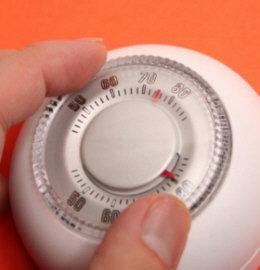
Brutal Winter, And Painful Rises In Heat Costs.
Propane costs have skyrocketed this winter. Supply and demand,
superimposed upon a pioneer winter from the Upper Midwest to the Great
Lakes. Here's an excerpt of a
New York Times story: "
Opening
up heating and electricity bills has been a bit of a shocker in recent
weeks. Exactly how shocking became clear on Wednesday when the Energy
Department released a report showing just how expensive it was to keep
warm and cook dinner this winter. Those living in mostly rural and
Midwestern areas who depend on propane are expected to spend 54 percent
more this winter than last. Those who rely on heating oil, largely in
the Northeast, will be paying 7 percent more. Natural gas consumers will
pay 10 percent more and electricity consumers will pay 5 percent more..."
Buffalo: Two Blizzards In One Winter - First Time In 40 Years. The Buffalo News
has some perspective on what a crazy winter it's been in Buffalo, a
city that is accustomed to snow. When people there start to complain you
know it's no ordinary, garden-variety winter: "...
For a genuine
blizzard, three conditions are needed: visibility of a quarter-mile or
less due to snow; winds sustained, or in gusts, of over 35 miles an
hour; and, finally, Zaff said: “Those two events need to occur for three
hours.” We just went through this – in early January. “This is the
first time – at least in the last 40 years,” Jon Hitchcock, a
meteorologist at the National Weather Service in Buffalo, said of two
blizzards within two months. “As far as anybody knows,” he said, “this
is the first time we’ve had two in one season...”
Photo credit above: "
Niagara
University ROTC cadets Christian Beaucage, Will Olszewski and Matt
Stevens run at Niagara University, in spite of the blizzard, to keep up
with their training Wednesday." James P. McCoy/Buffalo News.
Climate Change Could Bring More Of These Winters.
Or not. Too early to tell, but please get us go a few winters without a
strongly negative AO or Arctic Oscillation: lighter winds allow the
Polar Vortex to drop south, and linger indefinitely. Here's a clip from
The Winnipeg Free Press: "...
Again,
the cold weather this winter was due to southern excursions of the
polar vortex, the big air mass that always swirls around the Arctic. The
cold air's southern journeys were made possible by a meandering jet
stream, a flow that usually functions like a big waistband that holds
the nasty stuff back. Some climatologists theorize the weird wiggling of
the jet stream might be caused by a warming Arctic atmosphere, itself
the result of a loss of summer sea ice. But the cause-and-effect
relationship between a warming Arctic and wandering jet stream is not
conclusive, so it's too soon to blame this terrible, nasty winter on
climate change..."
Almost A Record on Superior. According to NOAA's
Great Lakes Environmental Research Laboratory the all-time record for ice cover on Lake Superior was 100% in 1996. Lake Michigan just broke the all-time record, set in 1977.
Peak Lake Superior Ice Cover. According to data from
NOAA CoastWatch Lake Superior ice cover peaked at 95.74% in early March.
Historical Perspective.
The trend in (most) recent winters has been for less ice on Lake
Superior, at least since the mid-90s. Check out the NOAA data for
yourself
here.
Here Comes El Nino; Good News For U.S. Weather Woes.
Maybe the headline should come with a question mark instead of a
period. El Nino often brings flooding rains for the west coast; but
fewer hurricanes in the Atlantic and Caribbean. AP and
Ravalli Republic have the story; here's the intro: "
Relief
may be on the way for a weather-weary United States with the predicted
warming of the central Pacific Ocean brewing this year that will likely
change weather worldwide. But it won't be for the better everywhere. The
warming, called an El Nino, is expected to lead to fewer Atlantic
hurricanes and more rain next winter for drought-stricken California and
southern states, and even a milder winter for the nation's frigid
northern tier next year, meteorologists say. While it could be good news
to lessen the southwestern U.S. drought and shrink heating bills next
winter in the far north, "worldwide it can be quite a different story,"
said North Carolina State University atmospheric sciences professor Ken
Kunkel. "Some areas benefit. Some don't..."
Aging El Nino Buoys Get Fixed As Weather Forecasts At Risk.
With an El Nino warming phase brewing (52% probability by late summer
and autumn) NOAA doesn't want to be flying blind. Here's an update from a
story at
Bloomberg: "
The National Weather Service is set to start repairing 70 towering buoys
used to track El Nino and La Nina patterns, whose damage has led
scientists to warn the accuracy of forecasts is in danger. The Tropical Atmospheric Ocean Array,
deployed after a 1982-83 ocean warming caught governments by surprise
and caused at least $8.1 billion in damage worldwide, is designed to
help predict developments that can alter global weather. The system has
degraded to about 40 percent effectiveness, a victim of age, vandalism
and neglect, according to the National Oceanic & Atmospheric Administration..."
Photo credit above: NOAA "
A TAO buoy seen next to a NOAA research ship, which was used for maintaining the buoy array across the Pacific Ocean."
When Lightning Strikes, Instruments On The Space Station Will See It.
Redorbit.com has an intriguing article, focused on lightning detection from low-Earth orbit. Here's an excerpt: "...
A
sophisticated piece of flight hardware, called a Lightning IMaging
Sensor (LIS), was developed by researchers at NASA's Marshall Space
Flight Center and launched into space in 1997 as part of NASA's Tropical
Rainfall Measuring Missions (TRMM). The sensor, used to detect and
locate lightning over the tropical region of the globe, undertook a
three year primary mission to return data that could be used to improve
weather forecasts. LIS continues to operate aboard the TRMM satellite
today..."
Image credit above: "
A sprite glows red (inset) in this image captured by astronauts on the International Space Station on April 30, 2012." Credit: Image Science & Analysis Laboratory, NASA Johnson Space Center.
A sophisticated piece of flight hardware, called a Lightning Imaging Sensor (
LIS),
was developed by researchers at NASA’s Marshall Space Flight Center and
launched into space in 1997 as part of NASA’s Tropical Rainfall
Measuring Mission (
TRMM). The sensor, used to detect and locate
lightning
over the tropical region of the globe, undertook a three year primary
mission to return data that could be used to improve weather forecasts.
LIS continues to operate aboard the TRMM satellite today.
Of
course, the researchers responsible for building LIS in the 1990s built a
spare unit as a precaution. That other unit is now being brought into
play as well. The second LIS sensor is scheduled to launch aboard a
Space Exploration Technologies (SpaceX) rocket to the International
Space Station (
ISS) in February 2016.
Read more at http://www.redorbit.com/news/space/1113087592/lightning-imaging-sensor-on-the-international-space-station-030514/#vIbIeTr1CGIC7kx1

How It's Possible To Lose An Airplane In 2014. Reality trumps fiction - you can't make this stuff up. What happened to the Malaysian 777? Great question.
Wired.com asks the rhetorical question; here's an excerpt: "...
The
most chilling thing about this is the fact the plane seemingly vanished
without a trace. The captain, who had more than 18,000 hours of flight
time, gave no warning, issued no mayday. There was no indication
anything was amiss. This is not terribly unusual, because a flight
crew’s first priority in an emergency is dealing with the situation at
hand. “Aviate, navigate, then communicate” is the mantra. Airline pilot
and blogger Patrick Smith says the radio silence “doesn’t startle me...”
Photo credit:
Pedro Moura Pinheiro/Flickr
Safe Skies. According to
The Economist, in spite of a recent tragedy, air flights are getting safer: "...
On
a per passenger-mile basis, an individual is about 180 times more
likely to die in a car than on a plane, according to America’s National
Safety Council (though these types of travel are not in direct
competition)..."
The Robots Are Coming. Maybe "The Terminator" movies really were a taste of what's to come. According to this long but fascinating read at
Aeon Magazine,
the invasion’s already in progress: the only question is when, not if,
humanoid robots will work, play and war beside us. Here's an excerpt:
"...
It’s hard because each one of those functions – perception,
planning, movement – requires powerful yet portable computers to make
lots of calculations in the shortest amount of time possible. That is
why robots have until recently been relegated to controlled environments
such as factories, where the number of variables requiring calculation
can be kept to a minimum. But DARPA has proven, through the Grand
Challenge and Urban Challenge auto races of 2004, 2005, and 2007 that
led to the development of driverless cars, that robots can be made to
function autonomously in the chaos of the real world..."
Photo credit above: "
The Atlas robot created by Boston Dynamics." Photo by Boston Dynamics.
Compound In Fruits And Vegetables Prevents Symptoms Of Alzheimer's In Mice. Some interesting details in an article at
Gizmag; here's an excerpt: "
Alzheimer's
disease represents the most common form of dementia, with the early
stages of the disease generally characterized with short term memory
loss and learning difficulties that increase in severity as the patient
progresses in age. Scientists at the Salk Institute for Biological Studies,
California, have discovered that with regular treatments of the
antioxidant fisetin, they were able to prevent memory loss in mice with
genetic mutations linked to Alzheimer's..."
Photo credit above: "
A
compound commonly found in fruit and vegetables, including apples,
grapes and strawberries, has been found to prevent Alzheimer's disease
in mice." (Photo:
Shutterstock).
You're Drinking The Wrong Kind Of Milk. Who knew? Anyone who is lactose-intolerant may want to read this article from
Mother Jones; here's an excerpt: "...
An
emerging body of research suggests that many of the 1 in 4 Americans
who exhibit symptoms of lactose intolerance could instead be unable to
digest A1, a protein most often found in milk from the high-producing
Holstein cows favored by American and some European industrial dairies.
The A1 protein is much less prevalent in milk from Jersey, Guernsey, and
most Asian and African cow breeds, where, instead, the A2 protein
predominates..."
Photo credit: Okea/Thinkstock.
TODAY: Some sun, milder breeze, almost feels like spring. Winds: SW 10. High: 45
THURSDAY NIGHT: Partly to mostly cloudy. Low: 29
FRIDAY: Mostly cloudy, slightly cooler. High: 40 (early, falling through the 30s during the day).
SATURDAY: Lingering clouds, chilly. Wake-up: 16. High: 32
SUNDAY: Cold start. Partly sunny, still brisk. Wake-up: 9. High: 29
MONDAY: Mostly cloudy skies, few flakes? Wake-up: 14. High: 31
TUESDAY: Snow risk southern Minnesota. Wake-up: 16. High: 27
WEDNESDAY: Lots of clouds. no daffodils yet. Wake-up: 11. High: near 30
Climate Stories....
Climate Change Not A Top Worry In U.S. Gallup has the poll results; here's the introduction: "
Twenty-eight
U.S. senators held an all-night "talkathon" Monday to call attention to
climate change, an issue that only 24% of Americans say they worry
about a great deal. This puts climate change, along with the quality of
the environment, near the bottom of a list of 15 issues Americans rated
in Gallup's March 6-9 survey. The economy, federal spending, and
healthcare dominate Americans' worries..."
Actually, You Can Link Specific Weather Events To Climate Change.
Billmoyers.com
has the article, which orginated at The Guardian. Here's a clip:
"...The research that links global warming to particular extreme weather
events is called attribution and has already notched up notable
successes. The Oxford team showed in 2011 that
climate change was loading the extreme-weather dice as far back as 2000,
in a study that showed serious flooding in England that year was made
two to three times more likely by man-made greenhouse gas emissions.
The
killer heat waves in Europe in 2003 and 2010 were
also made far more likely by global warming, similar research has
demonstrated, while another new study shows how Hurricane Katrina would
have been far less devastating had it happened 100 years ago..."
Photo credit above: "
In
Louri village in the Mao region of Chad, climate change has meant that
the normally once-a-decade droughts are now coming every few years.
November 2, 2012." (AP Photo/Rebecca Blackwell).
Arctic Sea Ice Season Shortened By 5 Days Per Decade. Northern
latitudes are warming much faster than mid latitudes, just like climate
models predicted they would. Here's an excerpt from
Nature World News: "
The
Arctic sea ice season is shortening by five days per decade, with the
appearance of sea ice becoming delayed by warmer weather, according to
new research. Writing in the journal Geophysical Research Letters,
University College London Earth sciences professor Julienne Stroeve and
her colleagues report their analysis, which used satellite data,
indicates that the Arctic Ocean is absorbing more of the Sun's energy in
the summer, leading to a delayed appearance of autumn sea ice..."
Photo credit above: "
The
Arctic sea ice season is shortening by five days per decade, with the
appearance of sea ice becoming delayed by warmer weather, according to
new research." (Photo : NASA/Goddard Space Flight Center).
Model Behavior. Here's an excerpt from an article (and PDF paper link) at
neweconomics.org: "
Every
day, major economic decisions are made based on advice no more accurate
than a coin flip. But when it comes to climate change, sceptics and
media are fuelling distrust in forecasts that now have a 20-year track
record of accuracy. It’s time to end the double standard in how our most
important decisions are made.."
* Tweet above courtesy of
Simon Donner.
As Temperatures Climb, So Does Malaria. Warming has implications for various diseases, with malaria at or near the top of the list. Here's an excerpt from
Scientific American: "
Warming
temperatures expand the risk area for malaria, pushing the disease
farther uphill in afflicted regions, according to a new study. Infecting
more than 300 million people each year, malaria emerges from a tapestry
of temperature, rainfall, vectors, parasites, human movement, public
health and economics. Fighting the disease involves pulling on all of
these threads, but scientists have a hard time figuring out which ones
are the most important to predicting where the disease will go..."


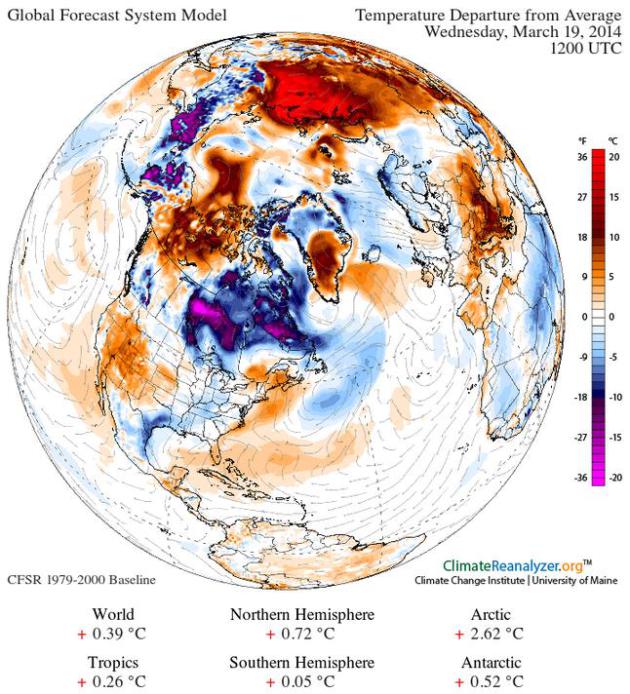
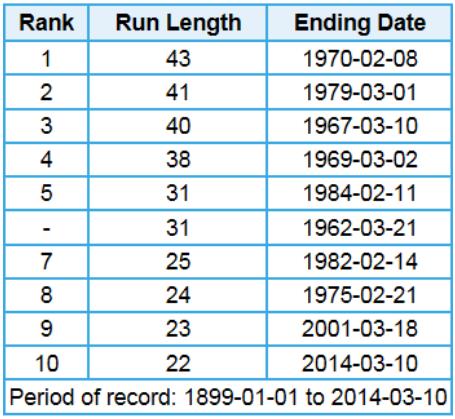





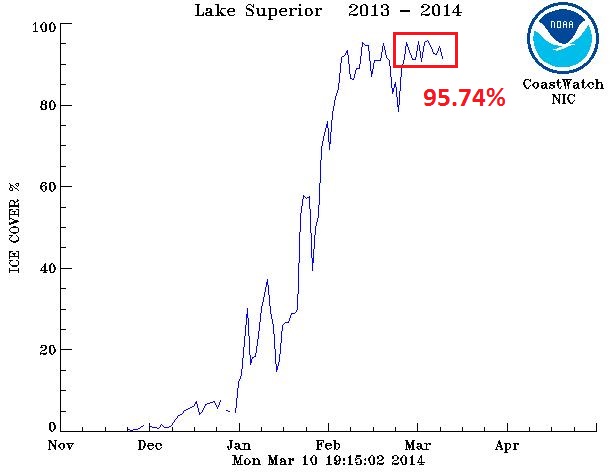



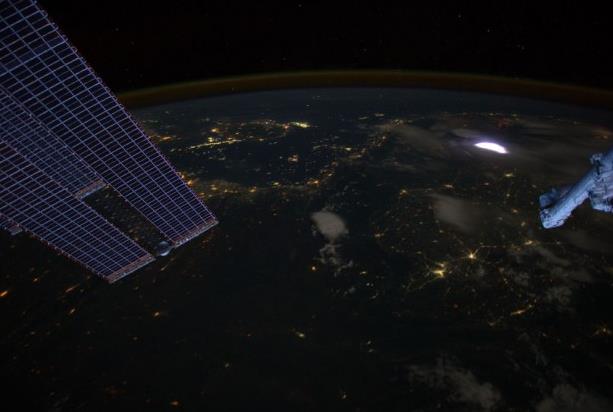





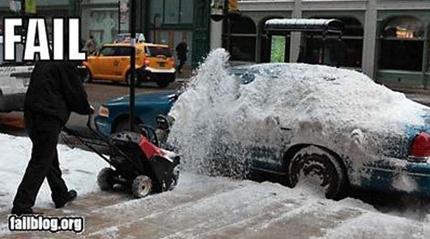

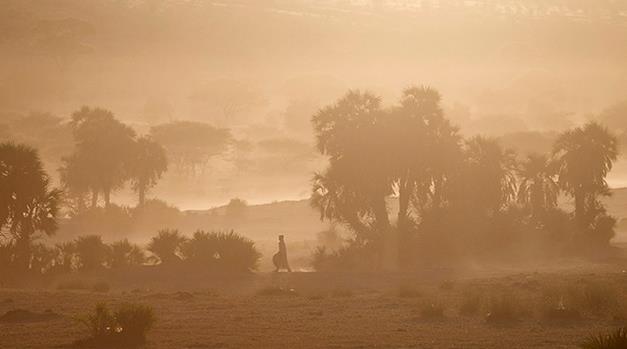



No comments:
Post a Comment